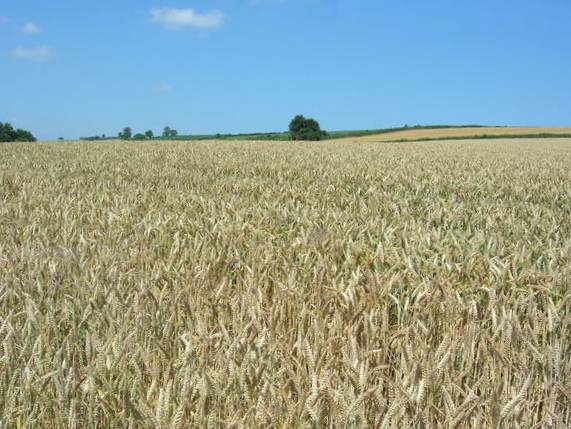Here’s another round up of mills featured in the news over the past few weeks.

As we mentioned in our previous blog, the impact of the pandemic on mills has been significant, with flour still in short supply and many smaller and traditional mills working overtime to meet demand.
In spite of the huge increase in demand from home bakers, however, the lockdown may lead to a fall in total flour consumption. There is also likely to be a smaller wheat harvest than usual this year due to dry weather.
Here are some of the stories from the media about the impact on traditional mills:
- Sturminster Newton Mill, Dorset, an 18th century building on a site dating back to the Domesday book, has returned to milling on a commercial scale for the first time since the 1970s
- Charlecote Mill, Warwickshire has a seven-week backlog of flour orders
- Warwick Bridge Corn Mill, Cumbria, a 12th century site, is producing flour for the first time since 1989
- Heatherslaw Mill, Northumberland is producing a month’s worth of flour each week. Miller Dave Harris-Jones climbed the mill’s 32 stairs carrying a 20kg sack of flour 136 times, equivalent to climbing Cheviot, the highest peak in Northumberland
- Brixton Windmill, London is still milling and selling flour at 13 outlets
- Gilchester Organics, a family run farm and stone mill in Northumberland is working at full capacity, as well as donating flour to provide the NHS with freshly baked bread
The larger mills are of course playing their part too, with mills and bakeries making donations to the NHS and local charities. Similar stories could be told about mills worldwide, but I’ll leave that for another blog.
Thanks to those who have contacted us to send information and pictures to add to the archive. If you’re involved with a mill, let us know how things are going through the contact page.
